Ho Chi Minh City Anh Dung, 41 years old, had pain in the left side of his face, was deaf in his left ear, and his eyes could not close. The doctor discovered a tumor 13 cm from the cerebral cortex and successfully operated on him with robot guidance.
Eight months ago, Mr. Dung, a resident of Nghe An, had a brain tumor surgery at a hospital in Hanoi. The tumor was about 4-5 cm in size at the time. After the surgery, he had pain on the left side of his face and deafness in his left ear, so he went to Tam Anh General Hospital in Ho Chi Minh City for examination.
The patient's brain MRI results showed that the remaining tumor was about 2.5 cm in size, located almost in the middle of the brain, compressing the 5th nerve and pushing it out, causing pain on the left side of the face. The tumor was located in the cerebellopontine angle, mostly keratinocytes, capsule, and soft.
On November 4, Master, Doctor, CKII Chu Tan Si, Head of the Department of Neurosurgery, Center for Neuroscience, said that the patient had facial pain and deafness due to damage to nerves 7 and 8. The tumor in the cerebellopontine angle is a difficult tumor. This area is where the nerves pass through, directly affecting the patient's life and activities. During surgery, if the doctor does not have much experience and does not apply modern surgical techniques, there is a risk of damaging the nerves.
For example, if the doctor affects the 7th nerve, the patient is at risk of facial distortion. Damage to the 8th nerve can lead to dizziness, vomiting, or complete hearing loss. Nerves 9, 10, and 11 go together, and if the doctor touches them, it can cause difficulty swallowing or choking. The tongue can easily turn to one side when surgery touches the 12th nerve.
Dr. Tan Si and his team decided to use an artificial intelligence (AI) robot to help locate and clearly see the brain structure, nerve fiber bundles, and remove the remaining tumor, avoiding post-operative complications.
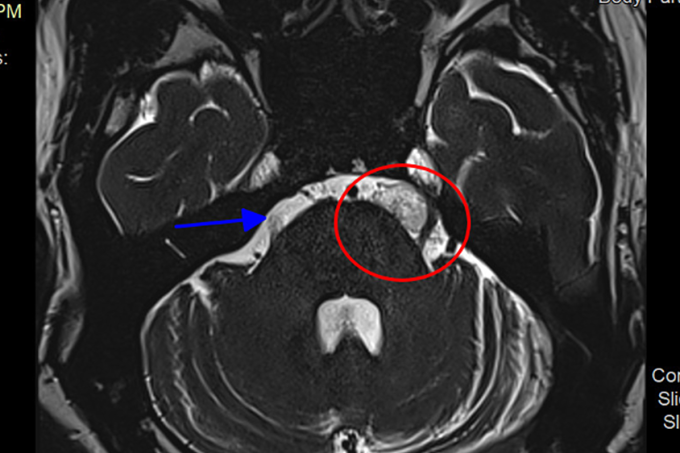
The tumor (red circle) presses and displaces the 5th cranial nerve (blue arrow). Photo: Provided by the hospital
The incision approaches the tumor from the suboccipital, behind the sigmoid sinus (located in the inner part of the mastoid bone and where the transverse venous sinus of the brain is located). The surgeon opens the skull wide enough to lift the cerebellum, entering the cerebellopontine angle. The depth compared to the surface of the cerebral cortex is about 13 cm.
The robotic system, connecting the Kinervo 900 microsurgical microscope and the Neuro-Navigation BrainLab uses artificial intelligence (AI) to help doctors clearly identify the path of the nerves, re-explore the brain structure, and successfully approach the tumor. The doctor uses the Cusa ultrasound machine to break down the tumor and remove each part, without damaging the tumor's adhesions, nerves, and surrounding brain structures.
According to Dr. Tan Si, the neurophysiological potential monitoring system, when affecting the nerves, the machine will send a warning, so the team can stop in time without damaging the nerves, preserving maximum function for the patient after surgery.
After three hours of surgery, the tumor was completely removed, releasing the 5th cranial nerve. The patient no longer had pain or facial spasms, could close his eyes, could swallow without pain, and could eat and drink normally. The weakness on the left side of his face and deafness on the left ear did not recover due to the old damage to cranial nerves 7 and 8 from the previous surgery.
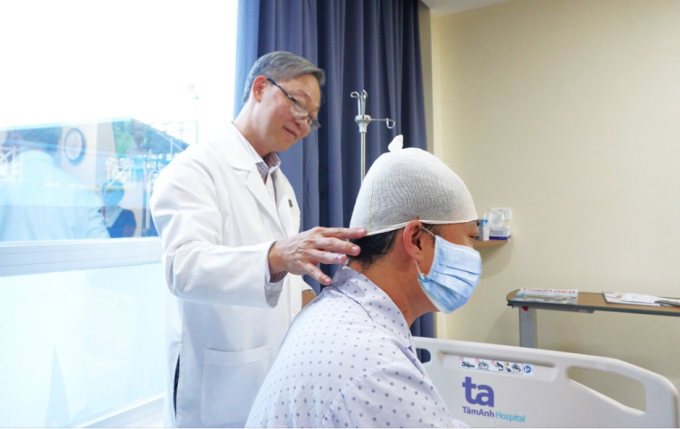
Doctor Tan Si examined Mr. Dung after surgery. Photo: Provided by the hospital
Mr. Dung was able to walk after one day of surgery and is expected to be discharged 5 days later.
Peace of Mind
* Patient's name has been changed
| Readers ask questions about neurological diseases here for doctors to answer |
Source link


![[Photo] Visiting Cu Chi Tunnels - a heroic underground feat](https://vstatic.vietnam.vn/vietnam/resource/IMAGE/2025/4/8/06cb489403514b878768dd7262daba0b)











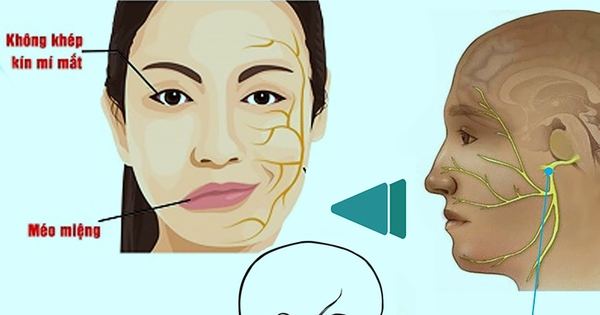






























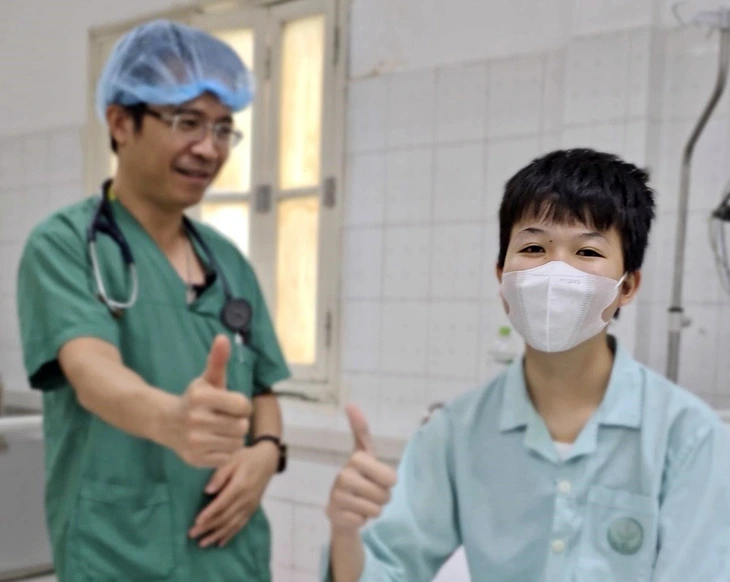

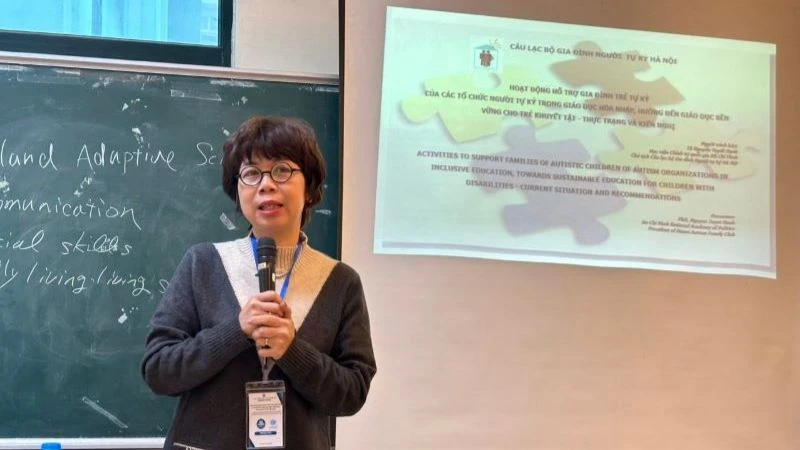











































Comment (0)